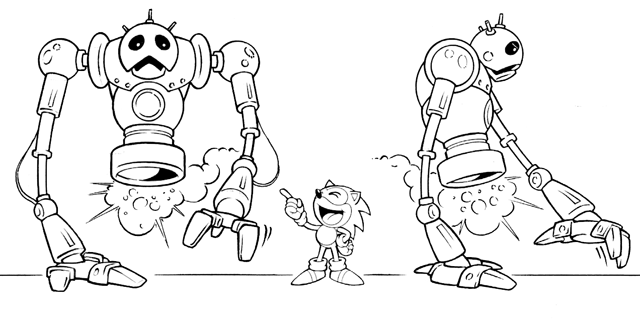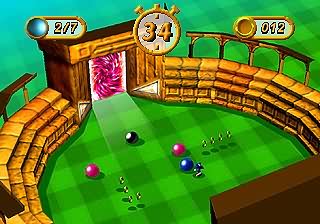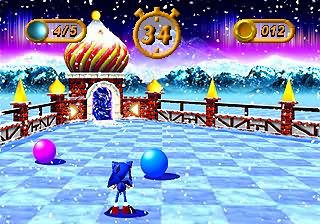If you are anything like me, you can sometimes forget that there was a console that Sega made to attempt to compete against the Nintendo 64 and the Sony PlayStation before any sort of mention of the Dreamcast came into being. This console, which would meet a quick and untimely demise, was known as the Sega Saturn. While there were some Sonic games that were being developed specially for the system, Sega’s Technical Institute (STI) had made a prototype for a Sonic game exclusively for the Sega Saturn. This game was called Sonic Saturn and it’s production and development holds some interesting secrets for us to look into.

During the time of its production, Sonic Saturn would have been our favorite blue hedgehog’s first foray into the wonderful world of 3D. What this actually means is that a 3D model would have been used instead of just a sprite-based render of Sonic. The project was considered a prototype and it was created by Peter Morawiec, the man who coded the Sonic 2 special stages. It began development sometime around late 1995 or early 1996, meaning that it could have even been an earlier version of Sonic Adventure or the actual precursor to Sonic Adventure. The game world itself was to feature a much more realistic take on Sonic’s world when compared to Sonic X-treme, the other game being developed for the Saturn during the time. Sonic X-treme had a fisheye lens-type camera that would rotate to let Sonic access parts of the level and traverse further into his objective. The result from this was cartoonish and rounded/chubby characters and an overall boxy-looking world that made it hard to really grasp onto visually.

Sadly, the prototype was never approved by Yuji Naka. This left the engine in a development purgatory but STI didn’t want to necessarily give up the work all together. In an attempt to salvage some of the engine, STI created some bonus stages that were supposed to be added into the Saturn version of Sonic 3D Blast but were beaten out by a 3D version of Sonic 2’s special stage because of time constraints. The developed bonus stages were all collectively called “Sonic Pool,”(think billiards). In the game, Sonic would stand behind a cue-ball of sorts and spin dash into it in order to sink other balls into a portal. The camera would rotate to an eagle-eye view and show the results of the player’s aim and timing. Some of the arenas were thematic, such as an Egyptian arena, a Galaxy arena, a Roman arena, a Futuristic arena, and even a Snow arena.
In the screenshots of the arenas, it is noteworthy that Sonic’s model loosely resembles an overhaul from his character art. In the “Sonic Pool” intro, Sonic is still shown in his more roundish and cute form from the Genesis-era artwork but the 3D model shows Sonic a little more taller and his fins pointing off more, giving the impression he is more angular. Could this have been the first steps into transitioning Sonic into an older and more mature state? The world will probably never know.

While it is interesting to see just what might have been, it would have been a cool concept if this was the version of Sonic that we would have noticed to have “growing pains” as the worlds of 2D and 3D collided. One of the most celebrated design changes was of Sonic in his Adventure-era because of the Sonic Team’s direct focus to make Sonic age and appear both cooler from a teenage standpoint and also to appeal to older gamers. Sonic Saturn may have been the stepping stone before that point but the direction does hint at some promise as to where Sega wanted to take the blue hedgehog, even if it is just barely glimpsed in the bonus stage screenshots.
What do you think about Sonic Saturn? Do you think this game could have saved the Saturn? Do you think we would have still gotten our hands on Sonic Adventure had this game seen the green light to be launched? Let us know in the comments and sound off!












No Comments so far
Jump into a conversationNo Comments Yet!
You can be the one to start a conversation.